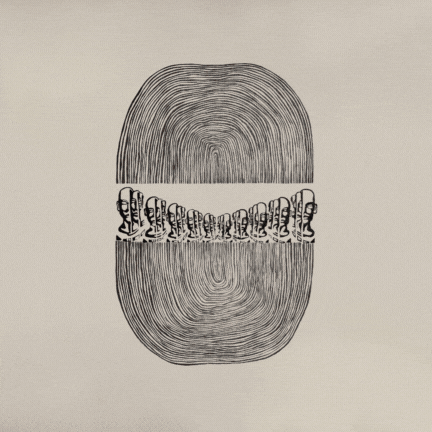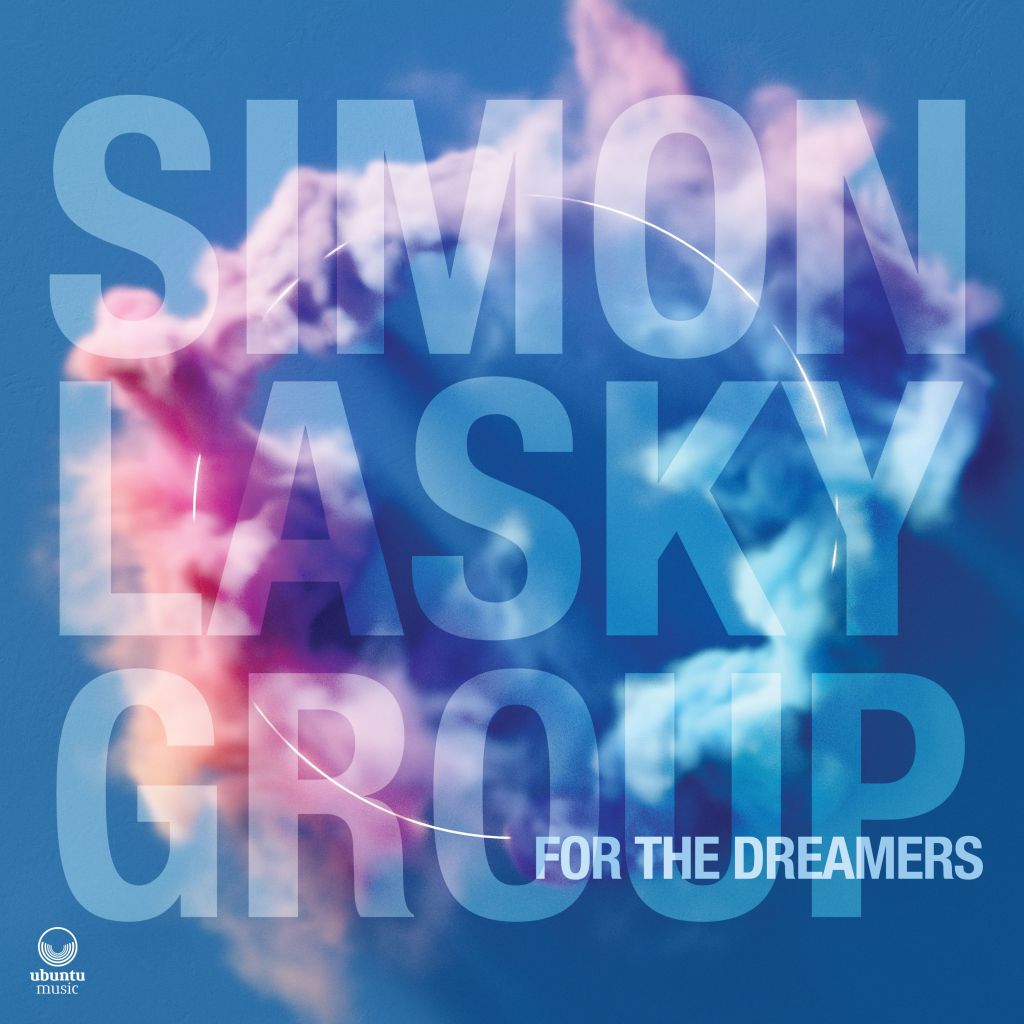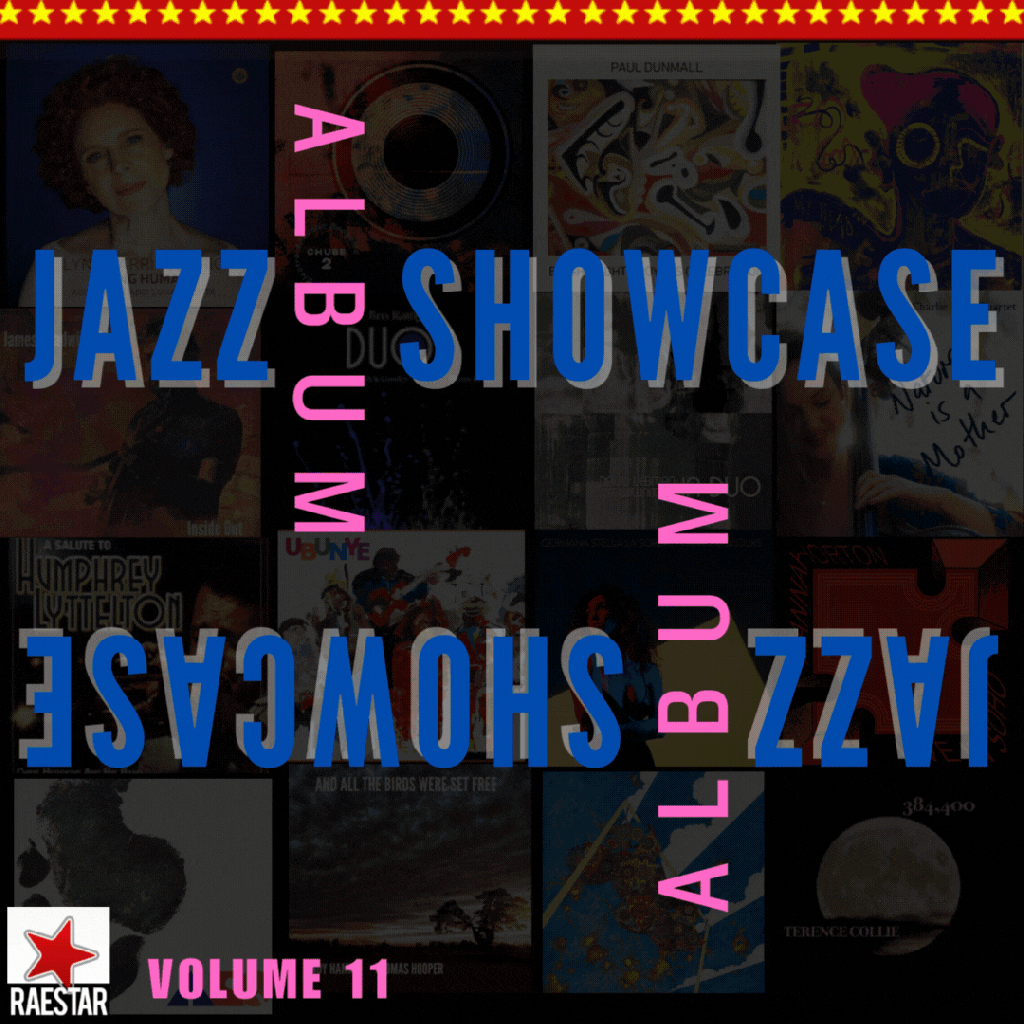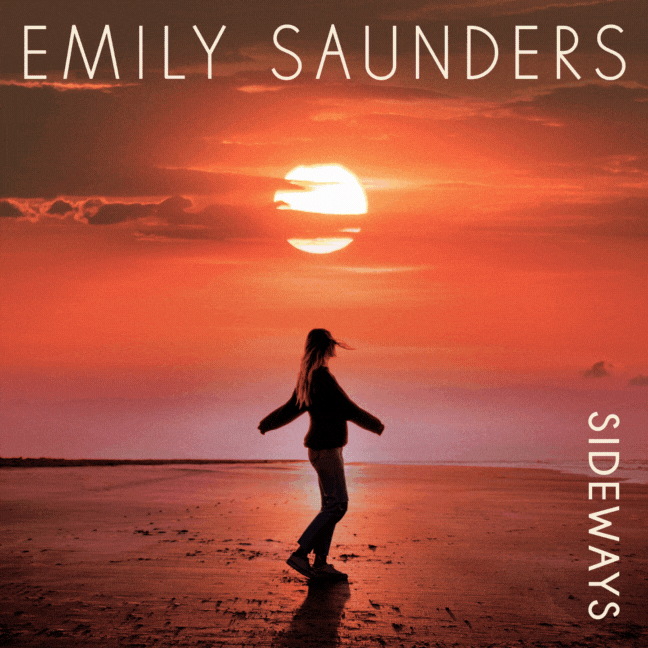
Wes Montgomery. Mid-1960s Verve publicity photo with Gibson L5 CES. Public Domain
This is the perfect example of what John Etheridge refers to as Wes’s ‘formula’. He would create forward energy in his solo’s by starting with single lines before moving onto octaves. Then, he would move to block chords for the climax. Using this method, Wes gave the guitar a way to compete with how horn players can build intensity, drama and excitement whilst soloing.
2) I’ve Grown Accustomed To Her Face (from Full House – rec. 1962)
This lovely ballad, from My Fair Lady, is the perfect vehicle for Wes’ gorgeous chord melody playing. Entirely self-taught, Wes used his incredible ear for harmony and his beautiful melodic sense to carve out his own unique style and, here, create a genuine moment of classic jazz guitar. Apart from his composed intro and interlude Wes plays nothing but the melody in block chords through the whole piece.
3) June In January (from The Montgomery Brothers – rec. 1960)
Wes performed with his brothers Monk (bass) and Buddy (piano) for several years before he shot to fame in 1959 and reunited with them whenever he could. This track, from 1960, shows the fantastic level of interplay Wes and his siblings enjoyed. They take this old Bing Crosby hit and turn it into a bebop tour-de-force. Wes solos with complete abandon clearly enjoying his brother’s company.
4) Double Deal (from George Shearing and the Montgomery Brothers– rec.1961 )
There’s an aspect to Wes’s playing that was tailor-made for a collaboration with George Shearing. Like the pianist, Wes always liked to create intricate arrangements for everything he played. Buddy Montgomery plays vibes on this album and it’s a laid back treat from start to finish full of delightful interplay with Wes and Shearing sounding like they were musically made for each other.
5) Twisted Blues (from Goin’ Out Of My Head – rec. 1965)
As Wes’s fame grew he moved from Riverside to Verve where producer Creed Taylor provided the guitarist with a variety of big band and string backings that often get overlooked due to their more ‘commercial’ angle. Twisted Blues was a regular part of Wes’ live set and there are several recordings available. This version, however, with Oliver Nelson’s big band, absolutely burns!
6) Tune Up – take 2 (from Fusion! Wes Montgomery with Strings – rec. 1963)
Wes’s first album with strings features, mostly, Montgomery’s hand picked choice of ballads. At a pre-production meeting with arranger Jimmy Jones Wes asked if Jones would “make me sound like Frank Sinatra with Nelson Riddle.” Being a perfectionist Montgomery was well known for recording several takes until he was satisfied and take 5 of Tune Up was the one issued. However, to my ears, take 2 features superior playing! Wes swings along beautifully on this track. Maybe sometimes the artist isn’t always the best judge of their own work?
7) Too Late Now (from The Wes Montgomery Trio – rec. 1959)
Another gorgeous ballad interpretation from Wes’s first Riverside release after being ‘discovered’ by Cannonball Adderley in the late 50’s. Featuring his working trio of Melvin Rhyne (organ) and Paul Parker (drums) it shows Wes as the complete jazz guitarist. It’s no wonder, he’d already spent a decade honing his craft in the jazz clubs of Indianapolis before this session.
8) Unit 7 (from Smokin’ at the Half Note – with the Wynton Kelly Trio – rec. 1965)
This Sam Jones composition features on the second album Wes made with Miles Davis’ rhythm section of Wynton Kelly, Paul Chambers and Jimmy Cobb (the other being Full House). The form is essentially a blues with a bridge and the whole band, Wes in particular, provide seven minutes of archetypal mid-60’s jazz. Wes’ ‘formula’ is in full flow here throughout. Pat Metheny has said “I learned to play listening to Smokin’ At The Half Note.”
9) Mr Walker (from California Dreaming – rec. 1966)
This song first appeared on the Incredible Jazz Guitar album and was reprised on this 1966 Verve release arranged by Don Sebesky. This is another of those albums that gets ignored by the jazz community with one critic dismissing the whole LP as “pop fluff.” By this time Wes was being asked to focus entirely on his octave and block chord technique. Guess what? I don’t care what the critics say, this is a joyous way to spend three-and-a-half minutes!
10) Serene (from Road Song – rec. 1968)
Wes composed this beautiful waltz for his wife Serene and recorded it on his final album Road Song in 1968. Again, Don Sebesky wrote the charts and, again, it was roundly dismissed by jazz critics at the time as “unimaginative” and “strictly for the money.” What they failed to realise was that Wes was a devoted family man and played guitar purely to provide for his wife and seven children. At some point, I hope these later albums get reassessed and listened to in context as they contain, along with all of Wes Montgomery’s recordings, some of the greatest examples of jazz guitar ever recorded.
LINK: Mike Rud’s review of Back on Indiana Avenue
Categories: 10 Tracks I Can't Do Without, Features/Interviews












Great piece and well chosen tracks covering all aspects of Montgomery’s style.
What, no Impressions from Smokin’ at the Half Note? Very wrong! One of Wes’ best solos ever!
Andres thanks for this. We could see the obvious restrictions of the “10 tracks” format, so
have been thinking hard about what might the best ways to get round it.
Our best idea so far is for commenters pay us £1 for things they think ought to be included.
How does that sound?
TY, all enjoyed!